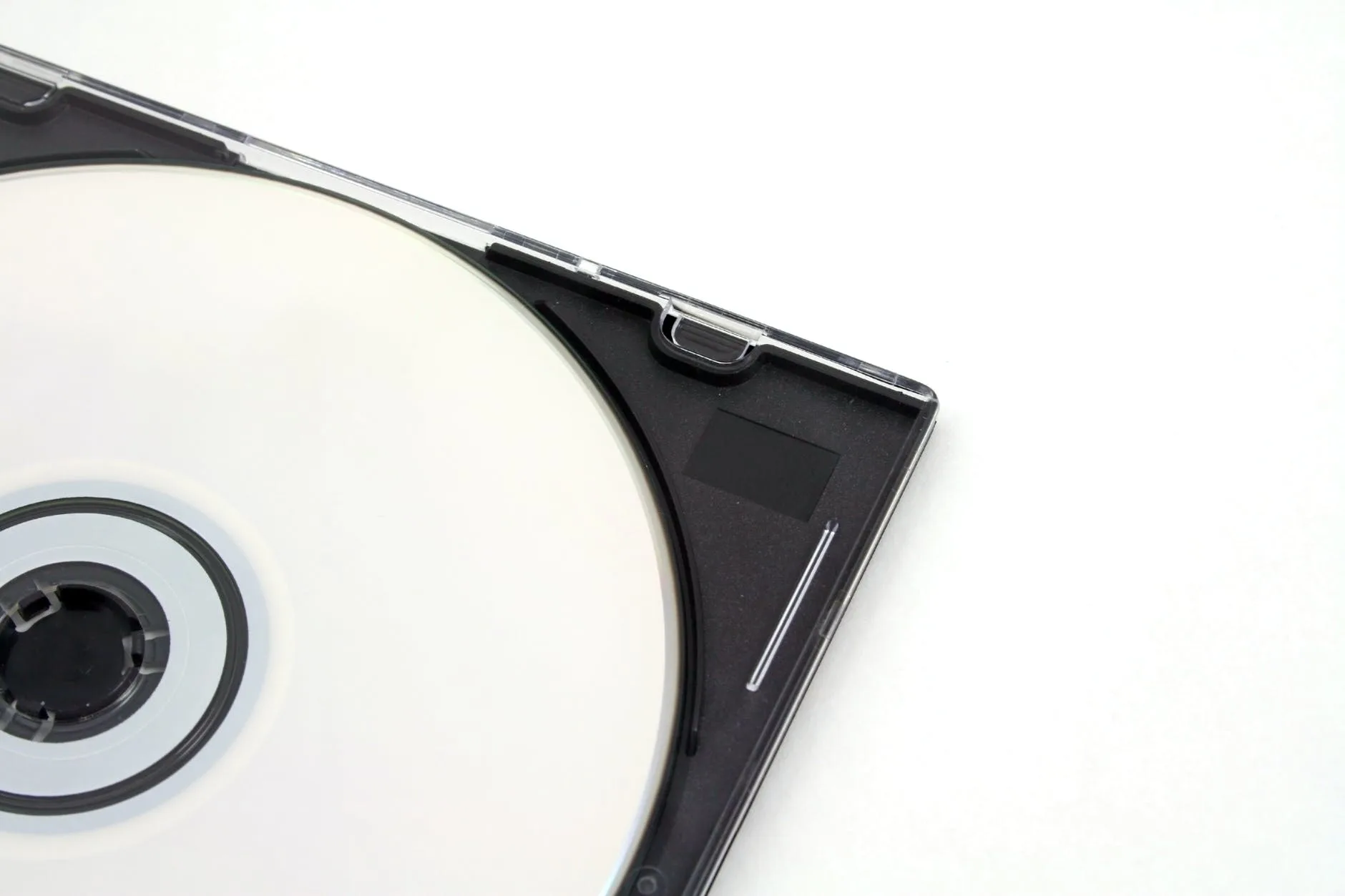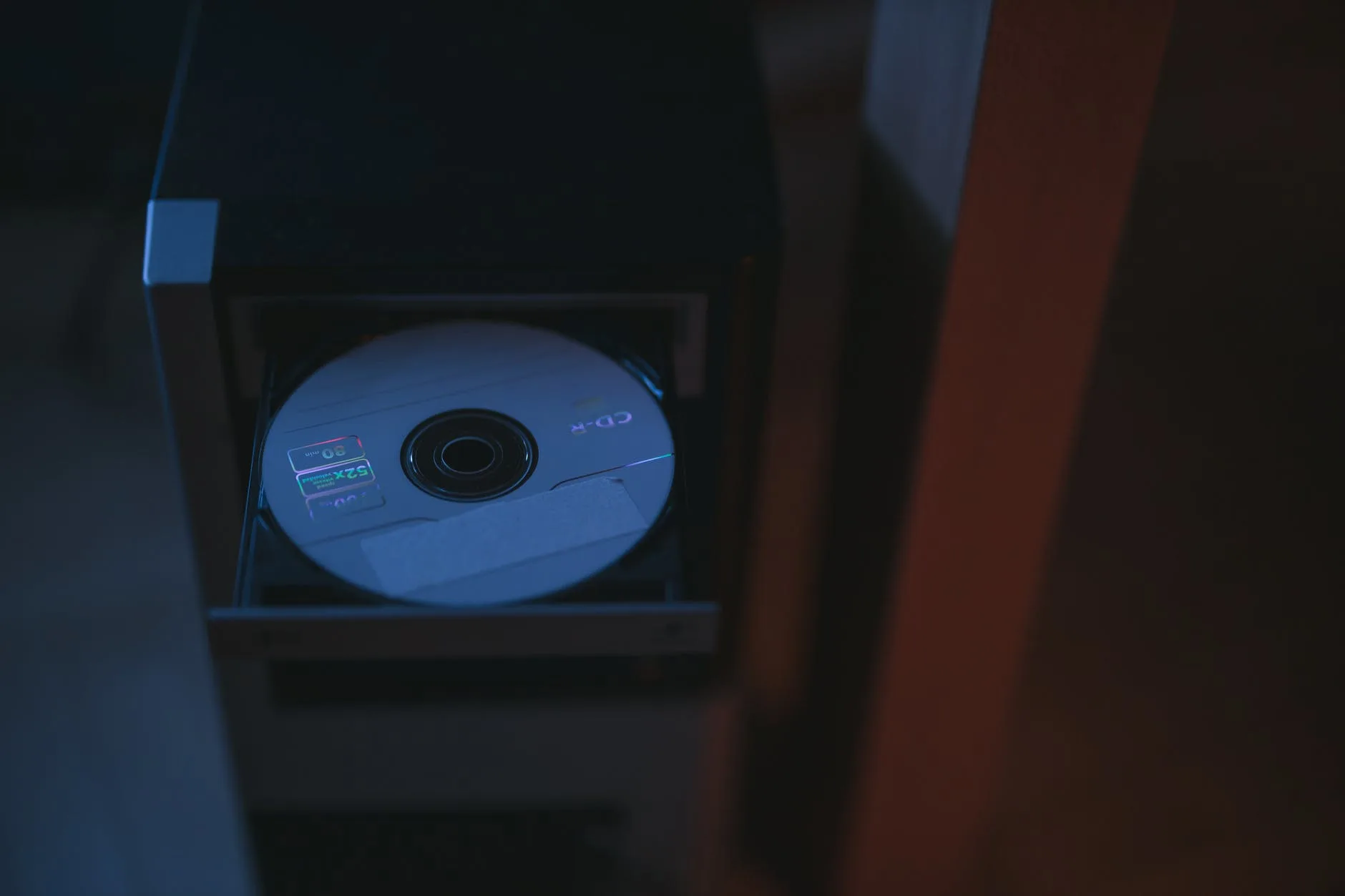Not everyone wants to pay for Netflix’s monthly subscription when they can get pirated movies and shows quickly. Not a recommended idea for you, but if you are confused about which file has better quality, you are in the right place.
There are different types of pirated movies and show files that end up on the internet. All vary in quality due to other methods and sources used for acquiring the video content.
There are many versions of pirated files: from cam recorder files to screener, from workprint (disc or digital distribution copies DDC0 to telecine (from analog reels VOD video on demand), and from DVD to Blu-ray rips.
The two most interchangeable terms are WEB-Rip and WEB-DL formats.
WEB Rips attempts to make pirated videos by capturing streaming movies and shows from either a TV network’s website or Netflix or Hulu. The results are unsatisfactory. On the flip side, WEB-DL is better quality files purchased and then downloaded from Netflix, Amazon, and the various national iTunes stores. They downloaded on demand and removed DRM, which certainly means good quality.
In terms of quality, there is not much difference. The difference comes from the way the files are grabbed―if it is re-encoded, They will be of low quality. most Web Rip re-encoded to reduce the file size. So look for file size― the more significant the file, the less compression it has, which technically means higher quality.
Just remember rip means it’s encoded most of the time; not always the case, though.
These terms are difficult to comprehend as a nontech person. But no worries, Let’s dig deeper to know what Web Rip and Web Dl mean and which one has the better quality?
Let’s go!
WEB-Rip
WEB-Rip is an extracted version or screen capture that gets captured with a card or just a screen capturing software from streaming services. It is a way of capturing internet streams mostly from Netflix and sometimes dodgy Korean sites.

Because they have to get encoded, mostly Web Rips artifacts and streaming artifacts have quality limitations.
WEB-Rip or P2P files are often extracted using RTMP/E or HLS protocols and are usually remuxed from a TS<FLV or MPR container to MKV.
Rip in the term Web Rip indicates the ripped or poor quality that has no DRM. It is more like a WEB Cap as it captures releases.
WEB-Rip extracted from Blu-ray discs is one of the best quality out there.
Other forms usually have low quality because they often miss the audio in shows, or you notice awful picture quality, especially on old titles.
WEB-DL
WEB-DL is a file losslessly ripped from streaming services. The most famous streaming channels that get ripped in Web-DL are:
- Netflix
- Amazon Prime video
- BCiPlayer
- Hulu
- Discovery Go

These ripped files are downloaded throughout websites such as iTunes. Because they are not re-encoded, the quality turns out pretty good.
The video and audio streams are often extracted from Amazon video or iTunes then remuxed into MKV containers without sacrificing quality.
The benefit of these releases is that just like BD/DVDRIps, these have no onscreen network logos that you see on TV rips.
But with pros comes with cons. Files that have subtitles in other languages can’t be found in WEB-DL.
Which one has better quality?
Web-DL is, without a doubt, superior compared to Web RIP. They both are different quality profiles and should not be lumped together.

WEBRIPs, in some cases, are better than WEB-DL due to the recent DRM removal methods. But mainly, WEB-Dl provides better quality. Also, it sometimes depends on the resolution, bitrate, and codec.
WEB-DLs that are provided via their older method are good, but not always. It is usually better because its primary mode is a download, not airing.
WEB-Rip has many flaws because of poor screen capture means of a stream. They further get encoded and become more low-quality.
On the other hand, WEB-DL is DVDrips movies or TV shows that are downloaded via an online distribution web.
But nowadays, Web Rip is also at its peak, hitting excellent quality, making it harder for others.
Files that source directly from Blu-ray are best in terms of quality. If WEB-Dl is from a source like iTunes, then it is better than a high compressed Blu-ray rip. The quality of iTunes downloaded Web-DL is really good because they are not-encoded.
If we compare both sides by the side, then WEB-DL is a winner though it’s sometimes hard to get your hand on WEB-DL due to encryptions issues or so
So if you have a choice, you can opt for Web-DL. However, if you can’t get one, then choose WEB-Rip because it is still better than a screener. Never go with screeners that are mainly ripped from DVDs with 480p or 576p, sometimes HD, and even sometimes BDRip.
Refer to the table below for a quick summary of their differences:
| WEB-DL | WEB RIP |
| Web-Dl are Untouched: It is a Source file from an online distribution website (remixed/not re-encoded) | Web Rip is Re-encoded file that get Recorded/captured from a web video stream |
| No abrupt transitions, and no commercial breaks like blu-ray) | Sometimes include abrupt transitions that happen due to commercial breaks |
| Have No logos or ads | Have Network logos & onscreen ads |
| Low to no occurrence of quality issues (similar in quality to blu-ray) | Higher occurrence of artifacts, frame skips, audio sync, and pictures issues (due to captured source & commercial splits.) |
Is WEB-DL better than HD Rip?
Web-Dl is mostly better in terms of quality. HD rips are illegal in the US; their quality depends on a person’s plan, the original video quality, and internet bandwidth.
However, if you get 4k in HD rays from streaming devices, that would be better than a 1080P of WebDL.
Moreover, it depends upon resolution as well. Generally, both HDrip and Web Dl are HDs.
What’s better: HDTV or WEBRip?
Web-Rip or HDRip Which one is better depends on the bitrate and resolution.
HD Rip is a term used for video that has been “ripped” from HDTV broadcasts.
Ripping is the process of copying digital material.
HDV varies with used resolution; the term does not indicate the ripped video’s exact resolution.
There is not much difference between the quality of both. Both HDRip and Web Rip are HD so if you have a choice, opt for 1080p or 720p rip if either of them. Or you can go with a higher resolution, such as 4k.
There are many more terms that you might not aware of. Watch this video below to learn about them;
WEBRip and WEB-DL: Which has the best quality?
WEB-DL has better quality. A WEB-DL to WEB-Rip is more like a DVDRip is to telecine.
Being a screen capture of a stream, You will encounter that WEB-Rip has many more points of failure or degradation than a simple re-encode.
That happens because of “bad quality control,” which too can certainly be a factor, but it’s just the nature of the capture method and means that it intrinsically has lower quality than a WEB-DL.
In my opinion, The mere presence of the word “web” in each method does not make them comparable.
Other Articles
- Man VS. Men: Difference And Uses
- Sri Lanka VS India (Similarities and Differences)
- Polish VS Swedish Mentality (All You Need to Know)
- Internal Resistance, EMF and Electric Current – Solved Practice Problems
- Spear and a Lance-What is the difference?
To see the web story version of WEB Rips and WEB DLs, click here.

